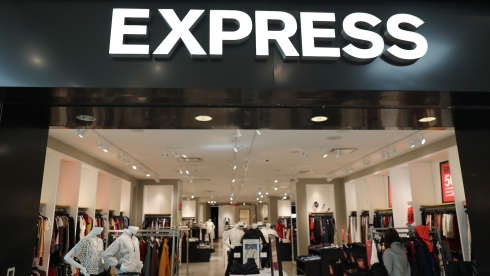One of the most controversial vacation destinations, Cuba was once most closely associated with Fidel Castro and the 1963 U.S. embargo against the Communist country. But 50 years later, the Caribbean nation 90 miles off the coast of Florida is back in the news thanks to Jay-Z and Beyoncé’s recent anniversary vacation. The duo jetted down to the warm-weather isle to tour Havana, dine in the local paladars and explore historical sites.
While restrictions make it difficult for all U.S. residents to travel to Cuba, the Obama administration decided to lift some limitations in 2011. Americans may now travel in “people-to-people” tour programs, which encourage interaction with Cuban culture. EBONY’s Amy Elisa Keith traveled to the country for the 2012 Havana Biennale Art Fair, and breaks down how to get there, what to see, and where to eat!
PLAN
Instead of planning your own Cuban escapade, we suggest employing a reputable company experienced in traveling to the region. In addition to overseeing your travel applications, Common Ground Travel can provide flights from all U.S. and international points to Cuba, connecting flights, hotels and transportation in Cuba, and entry visas. Government-approved trips are, however, meant to be educational, so you’ll follow busy itineraries with meaningful interaction with the locals. In other words, you’re not just hanging on the beach in Havana for a week.
Common Ground Travel
U.S. Department of Treasury—Cuba Travel Information
STAY
Hotel Nacional de Cuba is a classical landmark of the capitol, exhibiting the splendor of another time. Once you step through the doors you feel like you’ve entered the 1940s or ’50s, but you’ll be pleasantly surprised when you’re met with many of the comforts of the modern world (like Internet and cable), plus a refreshing mojito is never far away.
Hotel Nacional de Cuba
Calle 21; 537/333-564; HotelNacionaldeCuba.com; doubles from $170
SEE
Take a stroll along the Malecon to marvel at the ocean and wind your way around to Old Square (a.k.a. Plaza Vieja) to get a taste of what Havana was like during the height of its prosperity. From the old architecture—now revived with bold swaths of turquoise and peach paint—to the bustling restaurants and cathedrals, you’ll see a bit of everything here.
Hop in a cab to visit the home of world-renowned artist José Fuster, known as the “Picasso of the Caribbean,” and have lunch in his wonderland of mosaic tile. Don’t forget to stop at the Plaza de la Revolucion to snap pictures in front of the huge Che Guevara mural before taking in the architectural beauty of the Gran Teatro de la Habana, where you might catch the famous ballet company rehearsing. Visit the Afro-Cuban community of Regla, where its church features a Black Virgin Mary. And be sure that you don’t depart the island without some good music, sangria and soul. An Afro-Cuban rumba is held every Sunday at noon in “Salvador’s Alley” in Havana’s Centro district.
DINE
In Cuba, the best places to sample traditional fare aren’t five-star restaurants with stuffy atmospheres. Instead, family-owned and operated paladares dish up tender pork loin and whole snapper fish, often times in the comfort of the family’s own home. Jay-Z and Beyoncé dined at La Guarida, a hugely popular restaurant set in a time-warped yet enchanting palace. Another must-visit paladar is San Cristobal, a hidden gem tucked away along an unpretentious, typical Central Havana street. Piles of old books are stacked atop beautiful antique furniture; black and white photos jostle for wall space with vintage record covers and news clips, while a selection of clocks, crosses, and even a full-size zebra skin rug add to the mix, showing both the grandeur and the history of Cuba.
Concordia. No. 418 | Gervasio y Escobar, Havana 10700, Cuba
San Cristóbal
Calle San Rafael No 469, between Lealtad and Campanario, central Havana, +537 860 1705
SPEND
While American travel to Cuba is increasing, some conveniences are still absent. ATMs are not available for American banks, vendors do not regularly use traveler’s checks, and at this time you cannot use your credit card in the majority of locations. So cash is king. The major legal currency is the Cuban Convertible Peso, CUC. It’s what you exchange your foreign currency for and make all your purchases with in Cuba. For international exchange purposes, 1.00 Cuban convertible peso = $1.00 US dollar.
—Amy Elisa Keith













